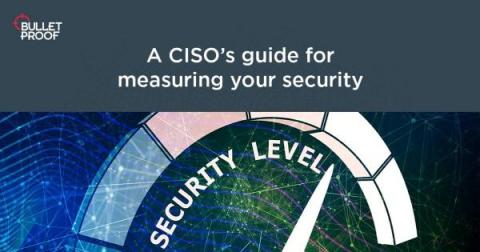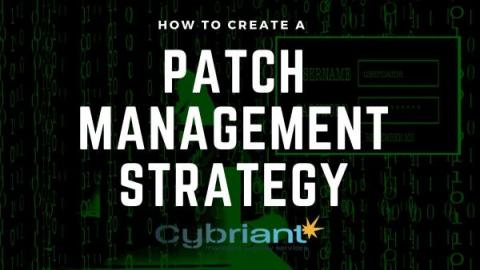CrowdStrike Falcon Spotlight Fuses Endpoint Data with CISA's Known Exploited Vulnerabilities Catalog
The U.S. Department of Homeland Security (DHS) Cybersecurity and Infrastructure Agency (CISA) has been quite busy this year. It recently issued a “Shields Up” advisory, highlighting that “Russia’s invasion of Ukraine could impact organizations both within and beyond the region,” including the threat of malicious activity against U.S. interests and companies.











